Report this entry
More from the same community-collection
Peace of Art Poster "Proverbs 29 2"
Poster designed for Peace of Art Volume 1. An exhibit to speak ...
Alkie Nicholson negotiating Fight with Manny Ortega
Alkie Nicholson (left, sitting) negotiating a boxing match for ...
Highland Presbyterian Church Building Site October 1957
9201 Diana Drive, Original site Highland Presbyterian Church
Tony (Blue) Alvarez Senior Year Photograph
Tony (Blue) Alvarez's Senior year photograph from Bowie High ...
Bowie High School Band in Mexico City - 1946
The Bowie High School Band in Mexico City in November of 1946. ...
Bowie High School - El Paso, Texas
Bowie High School in El Paso, Texas students in exercise class ...
Stained Glass Window Highland Presbyterian Church
Interior View New Sanctuary Highland Presbyterian Church 9201 ...
Breaking Ground for New Sanctuary Highland Presbyterian Church
Service to Break Ground for New Sanctuary for HIghland ...
Highland Presbyterian Church Sunday School
Highland Presbyterian Sunday School Class Pre Schoolers in El ...
Bround BReaking for new Highland Sixth Sanctuary
Bob Melver breaks ground for Highland Sixth Sanctuary 1979


















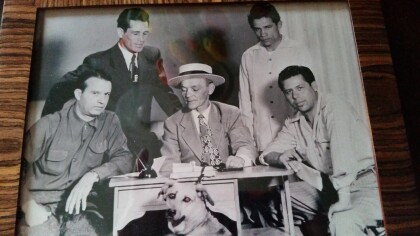
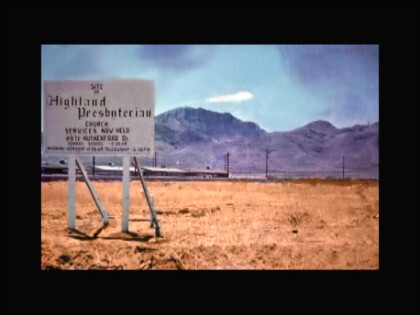
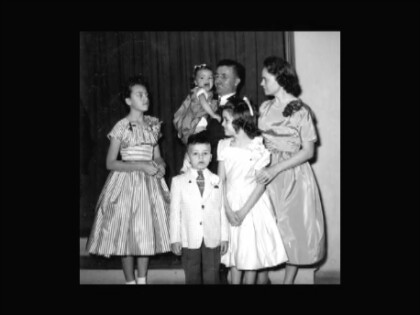
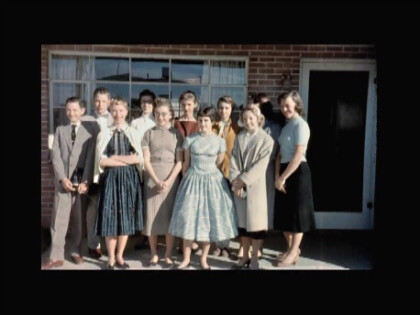

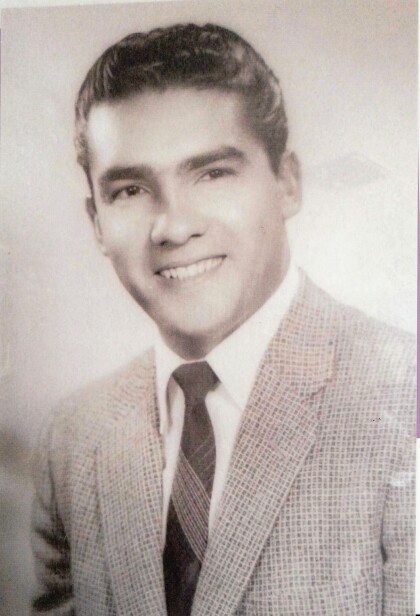
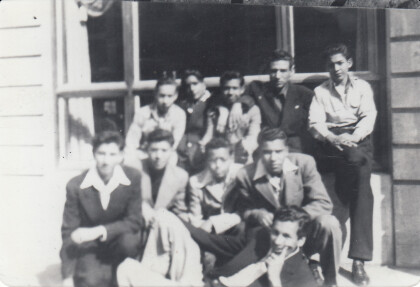
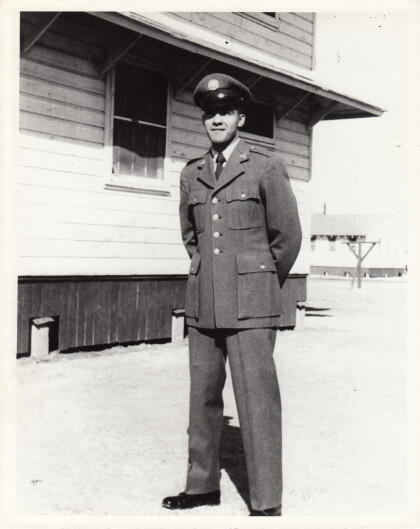
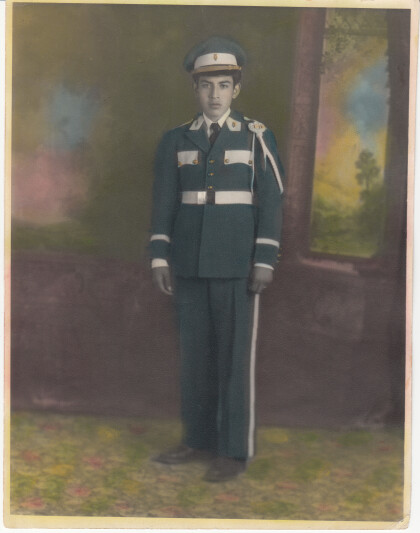
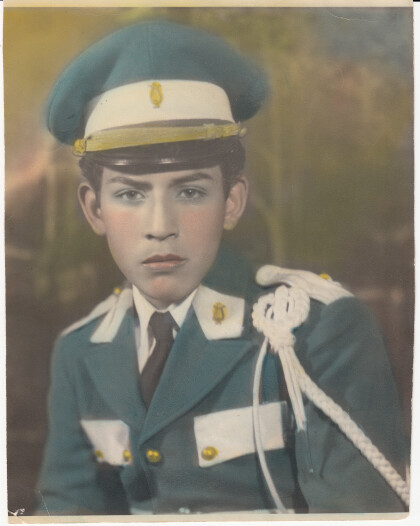
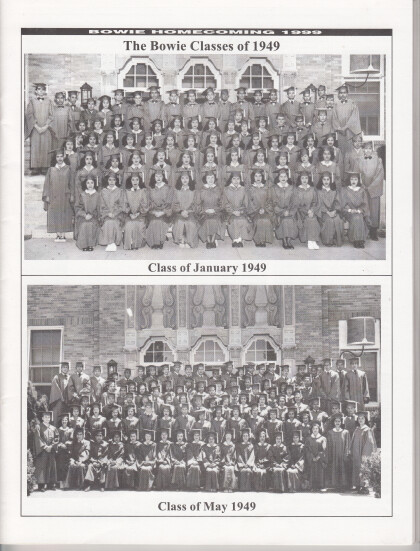
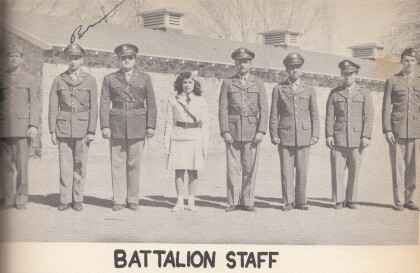
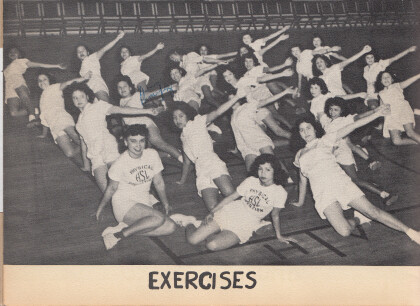
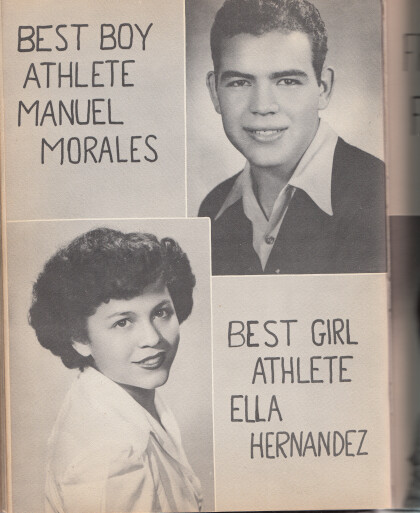
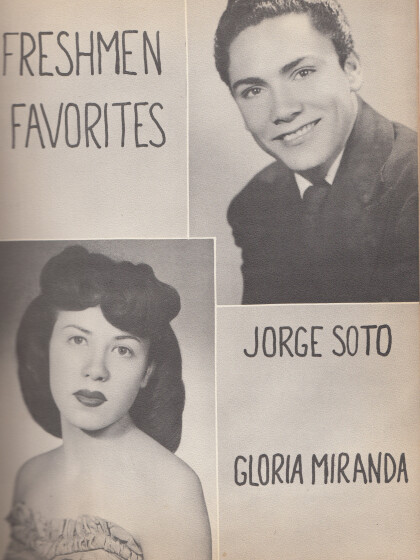
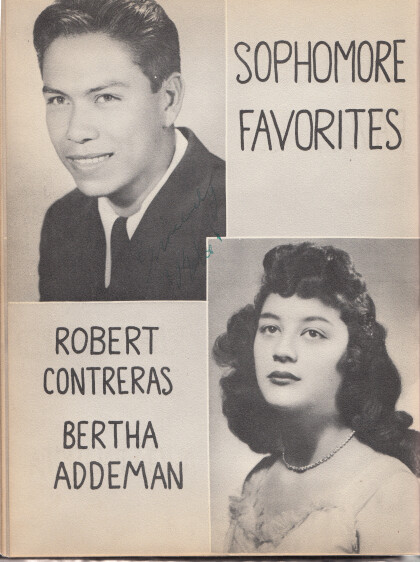
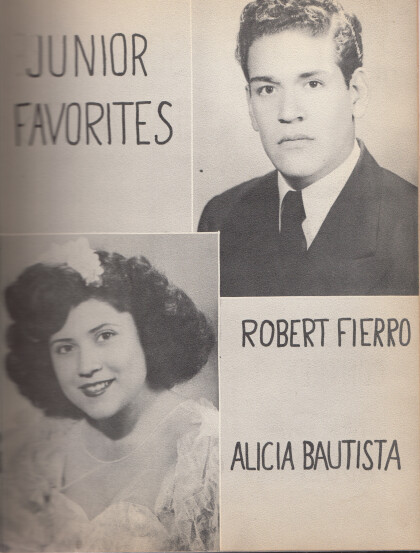
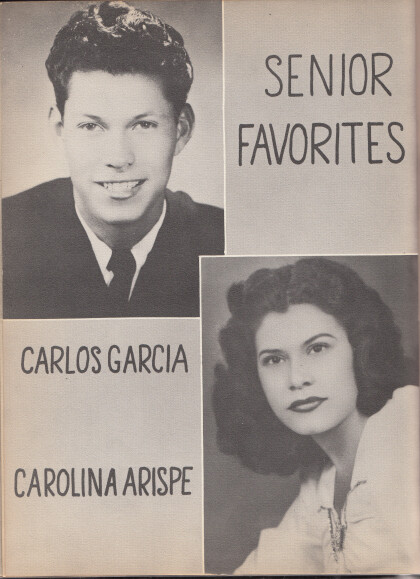
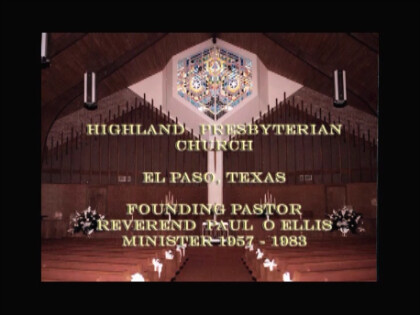
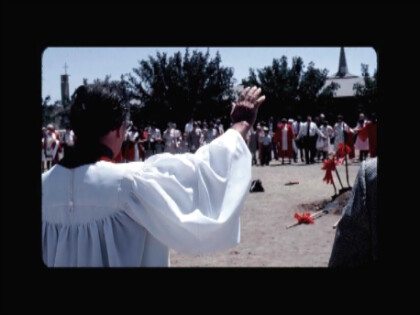
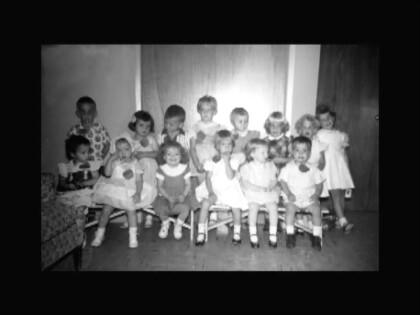
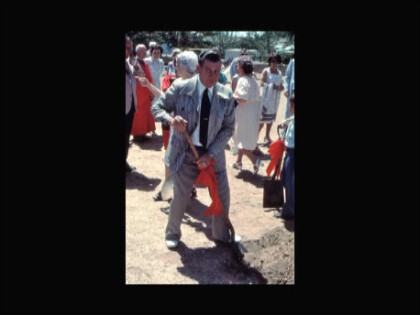
Comments
Add a comment